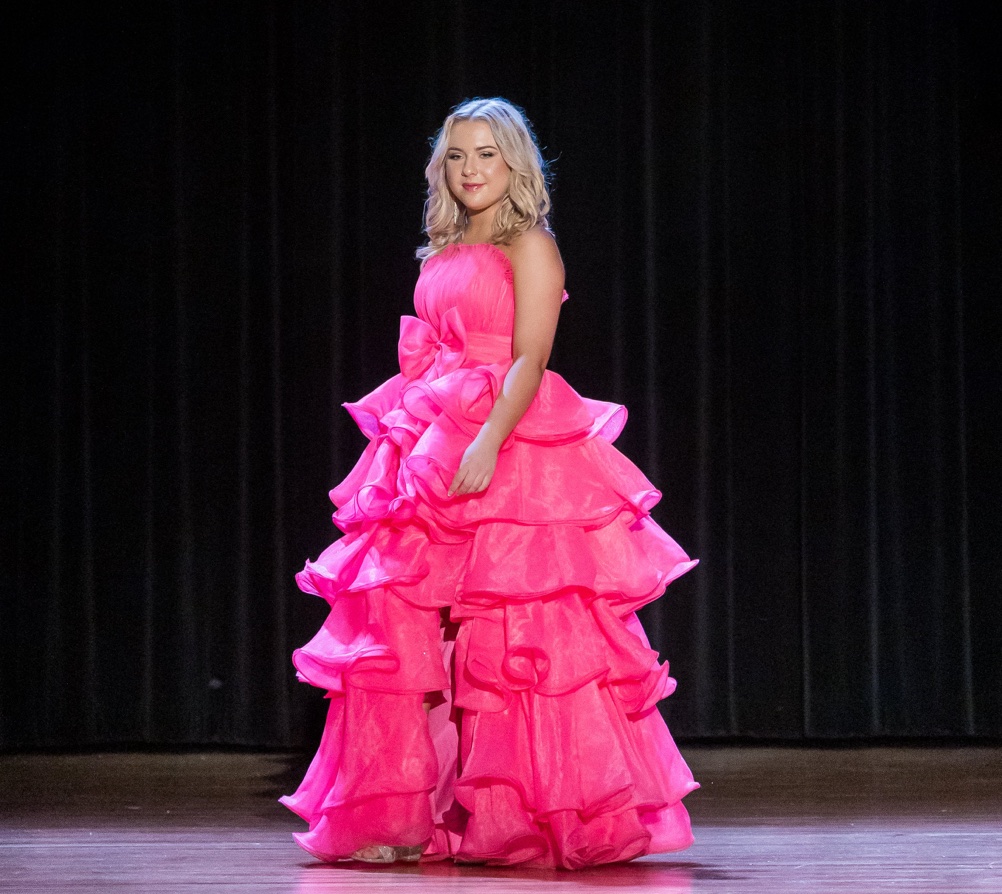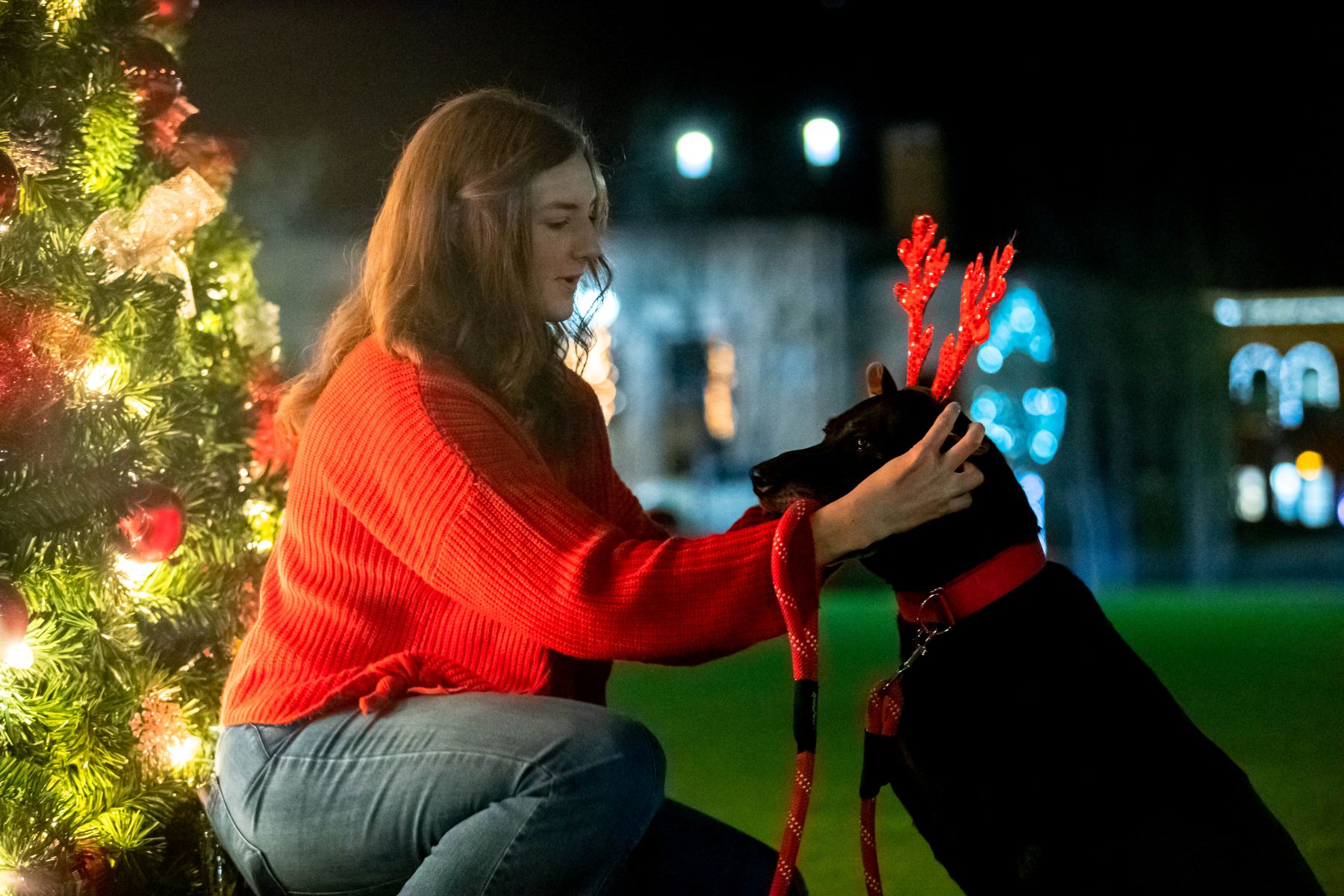Austin Peay installs window treatment to reduce bird collisions at Sundquist Science Center
(Posted on Tuesday, April 18, 2023)
Austin Peay State University’s College of STEM and the Center of Excellence for Field Biology have taken a step towards reducing the number of birds that die from colliding with windows. They have installed a special mesh window treatment on two sets of windows at Sundquist Science Complex, hoping to help mitigate bird deaths.
Dr. Stefan Woltmann, interim director of the Center of Excellence for Field Biology at Austin Peay and professor of biology, has been collecting data on the number of birds that died after hitting the windows for over 10 years. He meticulously tracked the kills in a small ledger, which has now led to the installation of the new window treatments in late March.
Generally, birds collide with windows for two reasons.
“One reason is that maybe there’s a bunch of vegetation nearby that they’re in, and the window is reflecting that vegetation,” he said. “What the bird sees is vegetation. They just don’t perceive it in the same way that we do. The other problem is transparency.”
In the case of the Sundquist building, the building’s location and design funnel birds towards two sets of windows in the northern corridor between the president’s house and the Technology Building. This corridor is the one closest to Elements Cafe in Sundquist Science Complex.
“For this situation, it’s 100% a transparency issue,” Woltmann said. “The building has lots of glass on either side of the hallway. To the birds, it looks like they should be able to fly right through.”
Worldwide, architects are becoming increasingly aware of the problem of bird strikes on buildings and are considering this issue in their designs. They are learning which types of buildings, locations, and materials pose risks to birds and are incorporating design features that can help prevent bird collisions. For example, architects are breaking up large glass surfaces with patterns or spacing to make them more visible to birds and are using materials that are less reflective or have special coatings to reduce the risk of collisions.
Woltmann has identified 44 species that have died in window strikes, and the birds that die from striking the windows tend to be migratory. The estimate of over 160 individual birds killed is a conservative count based on the carcasses that he or students collected. It does not account for birds that flew away after a strike and later died of their injuries, or birds carried away by predators or scavengers.
“By far, Northern Cardinal is the most common. They’re a year-round resident. They’re nesting here in town and on campus. There are always cardinals around,” Woltmann said. “But the rest (in the top five) are migratory.”
If the window treatment reduces the number of kills, Austin Peay could expand the window treatments to other parts of Sundquist or other buildings on campus. Because window kills on Sundquist are more of a steady trickle – with peaks during spring and fall migration – and not mass events, it could take a year or two to evaluate the success of the window treatments.
“That’s the nature of science, though. Sometimes data are frustratingly slow to gather,” Woltmann said.
News Feed
View All News
As a first-generation college student originally from Paso Robles, California, Teen Tennessee Petite winner Rylei Johnson is using her time at Austin Peay State University to maximize her impact through community outreach and education.
Read More
For the second consecutive year, Austin Peay State University (APSU) and the College of Science, Technology, Engineering and Mathematics (STEM) will sponsor two drone shows at the New Year's Eve Party, hosted by Montgomery County Parks and Recreation at the Downtown Commons.
Read More
As holiday stress rises for many Tennesseans, Austin Peay State University's Dr. Debra Rose Wilson says one of the simplest forms of relief may already be curled up on the living room floor.
Read More
